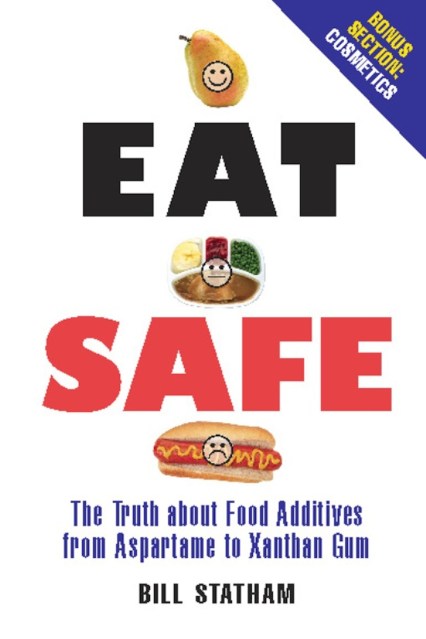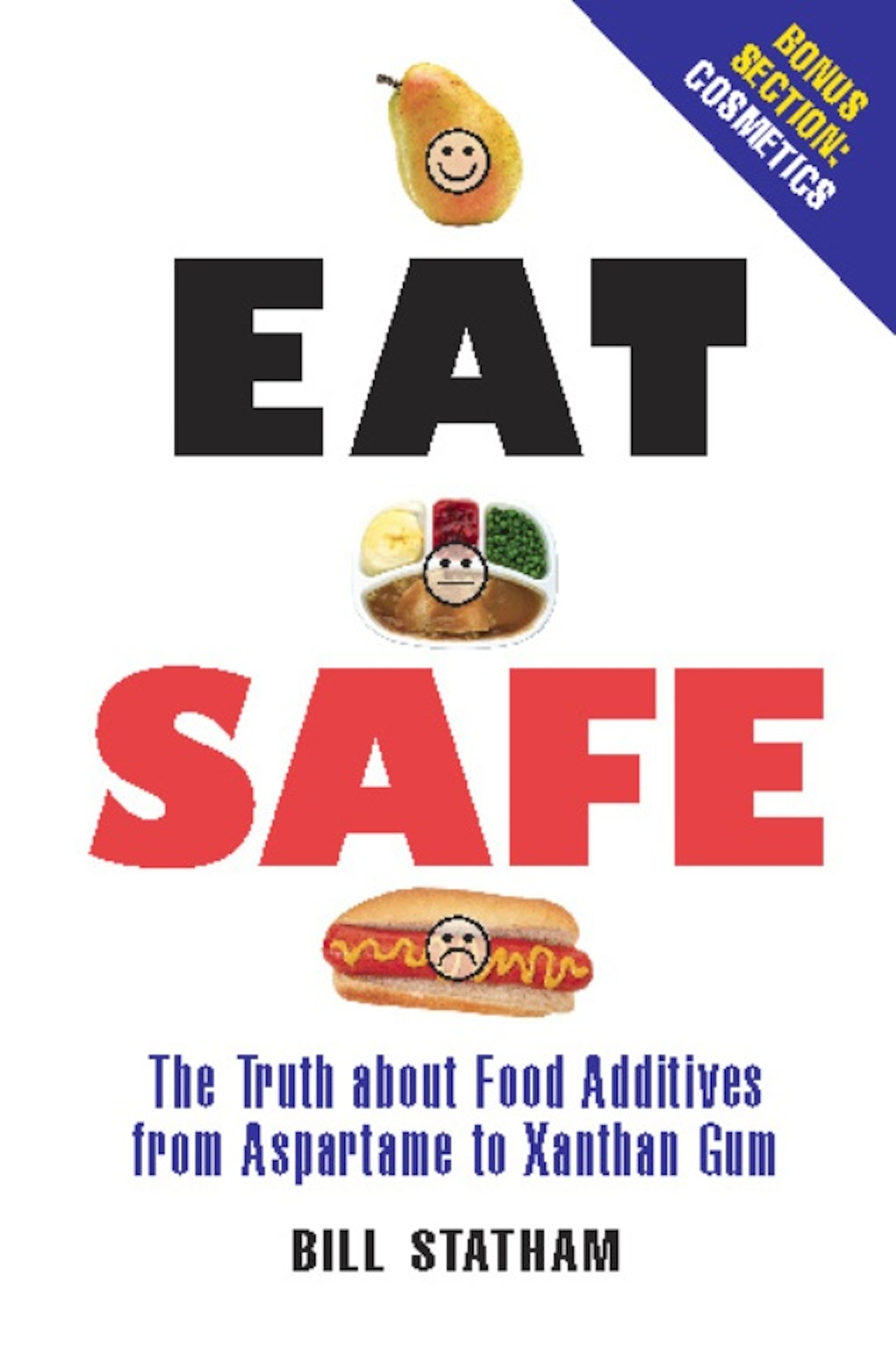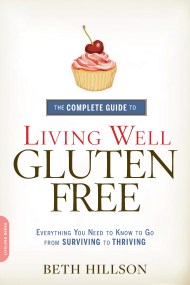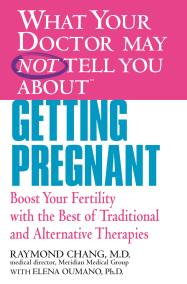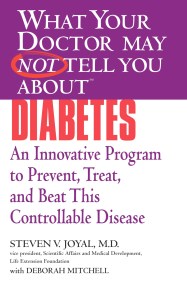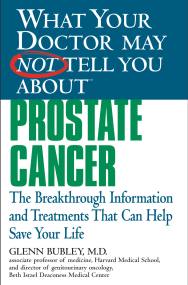Promotion
Sign up for our newsletters to receive 20% off! Shop now. Exclusions apply.
By clicking “Accept,” you agree to the use of cookies and similar technologies on your device as set forth in our Cookie Policy and our Privacy Policy. Please note that certain cookies are essential for this website to function properly and do not require user consent to be deployed.
Eat Safe
The Truth about Additives from Aspartame to Xanthan Gum
Contributors
By Bill Statham
Formats and Prices
Price
$9.99Price
$12.99 CADFormat
Format:
ebook $9.99 $12.99 CADThis item is a preorder. Your payment method will be charged immediately, and the product is expected to ship on or around February 23, 2009. This date is subject to change due to shipping delays beyond our control.
Also available from:
With more consumers turning to organic groceries and food prep, there is nothing else out there that addresses additives specifically and exclusively. With food and toy recalls every other week, this is the perfect volume for those wishing to become smarter and safer shoppers.
Includes a glossary, bibliography, online resources, and appendices, as well as sections on cosmetics and genetic modification.
- On Sale
- Feb 23, 2009
- Page Count
- 288 pages
- Publisher
- Running Press
- ISBN-13
- 9780786745609
Newsletter Signup
By clicking ‘Sign Up,’ I acknowledge that I have read and agree to Hachette Book Group’s Privacy Policy and Terms of Use
